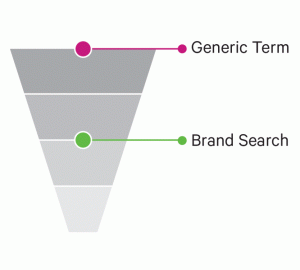Eero is relatively late to WiFi 6E, but it’s showing up in style — and making WiFi 6 more practical in the process. The Amazon brand has launched two new mesh routers led by the Eero Pro 6E (pictured below). The hardware takes advantage of the 6GHz band to offer up to a 1.3Gbps wireless connection for as many as 100 devices. Each unit has both 2.5Gbps and 1Gbps Ethernet jacks, and should cover up to 2,000 square feet each. Don’t worry if you don’t have the super-fast internet service to do it justice, though, as we’ve had some hands-on time with a more affordable option.
The equally new Eero 6+ (above) is ‘just’ a dual-band WiFi 6 model with two 1Gbps Ethernet ports, 1,500 square feet of coverage per router and a 75-device cap, but it now has access to a 160MHz radio channel that promises faster wireless data. Eero pitches this as the best choice for anyone with reasonably fast internet up to a gigabit.
We’ve briefly tried the 6+, and it works like much you’d expect if you’re familiar with Eero. It has no trouble wringing the most out of a 500Mbps cable internet plan despite the modem and devices living on different floors of a modestly-sized house. The Amazon tie-ins both simplify setup (including reconnecting if you change the network name or password) and controlling the router with Alexa. You can ask the voice assistant to halt internet access for specific users, for instance. Just be aware that this doesn’t have the tri-band wireless some rivals use to lighten the load on a busy network, so you may want to pass if you have multiple heavy users who can’t afford slowdowns.
The pricing is in line with the performance. You can buy the Eero Pro 6E now in a $499 two-pack or $699 three-pack. A single unit is available to pre-order for $299. The Eero 6+ is decidedly easier to justify for most people, based on our experience. It’s selling now at a $239 for a two-pack and $299 for a three-pack, with pre-orders open for a $139 one-device kit. And if you don’t mind using 2020-era hardware, the earlier Eero 6 has dropped to $89 for one router, $139 for two and $199 for three.
(10)
Report Post






